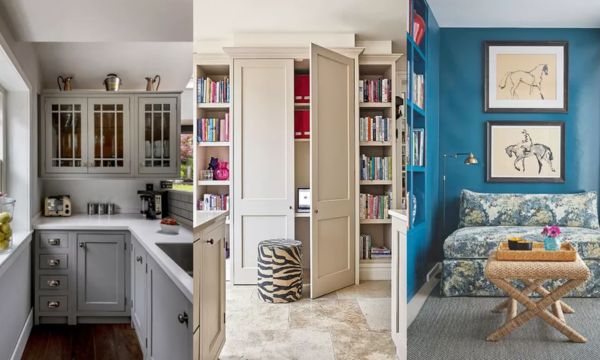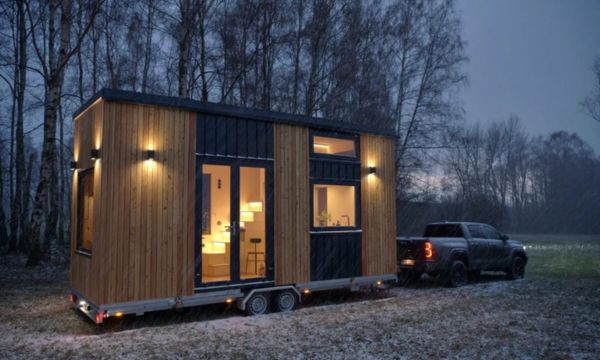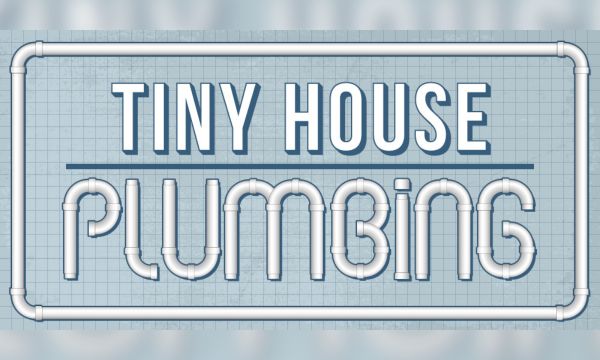Tiny House Living: Embracing Simplicity and Minimalism
In a society that often feels overcrowded and fast-paced, the emergence of the tiny house movement as a refreshing haven for simplicity and minimalism is a welcome development. These tiny houses have won the hearts of many seeking an alternative lifestyle that emphasizes the basics and minimizes the unnecessary complexities of modern living. In this article, we dive into the intriguing world of tiny house living, discussing the benefits, challenges, and the philosophy underlying the appeal of this lifestyle choice.
What Exactly is a “Tiny House”?
Micro-homes are small homes with a total living area of usually 100 to 400 square meters. These smartly built homes use the available square meters in the most efficient way. Although they come in many different shapes and forms, they all have one thing in common: they advocate for a life with fewer possessions. It is not uncommon to find creative storage solutions, multifunctional furniture and eco-friendly building materials in tiny houses, all of which contribute to the overall eco-friendliness of the tiny house.
Taking Pleasure in the Obvious:
Doing more with less is at the heart of the tiny house movement. People who choose to live in tiny homes are forced to conduct a thorough evaluation of what they have and determine what is most important to them. In environments where space is limited, there is no room for excessive materialism. People have become more careful about what they take home and have chosen to prioritize quality over quantity. This newfound mindfulness transcends the material realm and permeates everyday life, leading people to focus more on experiences, relationships, and personal development than on accumulating material wealth.
Get Rid of Financial Burdens:
Living in a smaller house can lead to financial independence. Smaller homes are less expensive to build and maintain, which means lower monthly mortgage or rental payments, as well as lower utility bills and maintenance costs. This financial freedom allows small homeowners to pursue their passions, travel, or participate in meaningful experiences that align with their ideals, all options not previously available to them. They can also save for the future or retire early without the stress of heavy debt.
The Effect on the Environment:
The tiny house movement is an advocate of sustainable living. These homes have a lower environmental impact than traditional homes because they use fewer resources and produce much less waste. Composting toilets, solar panels and rainwater harvesting are just a few examples of the eco-friendly innovations many small homeowners are using to reduce their footprint on the planet. By choosing to live in smaller spaces, individuals can play a role in combating climate change and conserving natural resources.
Questions and Points of Attention:
Although it sounds like a dream come true, living in a tiny house also has its difficulties. With limited space, careful organization and discipline are required to keep a room tidy and efficient. This may not be ideal for someone with a large family or someone who needs a lot of personal space. In some areas, zoning restrictions and building codes can create barriers for those interested in adopting the tiny house lifestyle.
Conclusion:
All in all, the tiny house movement offers an inspiring and uplifting alternative to ordinary life. When individuals embrace simplicity and a minimalist lifestyle, they can move away from materialistic goals and instead focus on the things that truly make them happy and fulfilled. A sense of community and belonging can be cultivated and achieved through the use of small houses, which also provide the opportunity to live in harmony with the natural environment. Those who move into a smaller space, even if it’s not for everyone, often find their lives have more meaning and feel happier as a result of the experience. On the other hand, if you’re interested in gaining financial independence, reducing your negative impact on the environment, or living a more meaningful life, living in a tiny house might be the solution you’ve been looking for.
FAQs:
1. What exactly is a tiny house?
A tiny house is a compact dwelling, usually 100 to 400 square feet. It is designed to maximize space efficiency and promote a minimalist lifestyle, often with innovative storage solutions and multifunctional furniture.
2. What are the benefits of living in a tiny house?
Living in a tiny house has many benefits, including financial freedom through lower costs, a smaller carbon footprint, and the ability to focus on experiences and relationships rather than material possessions.
3. Are Tiny Houses suitable for families?
While small houses are suitable for families, this can be more challenging due to limited space. Families considering this lifestyle should carefully assess their needs and be open to a simpler lifestyle.
4. Are Tiny Houses environmentally friendly?
Yes, tiny houses are eco-friendly. Tiny houses are smaller and often use sustainable building materials, so they use fewer resources and produce less waste than traditional homes.
5. Can I build a tiny house anywhere?
Building codes and zoning codes vary by location, so it’s critical to research local laws before embarking on any tiny home project. Some areas may have specific restrictions for small homes.
 Organization Hacks for Small Living Spaces
Organization Hacks for Small Living Spaces
Ad Living in a small area can be difficult, but it can also be fun if you […]
More Tiny House Mobility and Flexibility
Tiny House Mobility and Flexibility
Ad In recent years, the tiny house movement has exploded in popularity worldwide. The appeal of downsizing […]
More DIY Plumbing in Tiny Houses
DIY Plumbing in Tiny Houses
Ad We welcome you to the world of tiny houses, where ingenuity and imagination go hand in […]
More